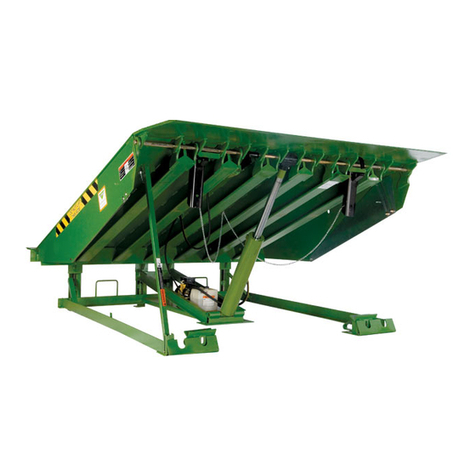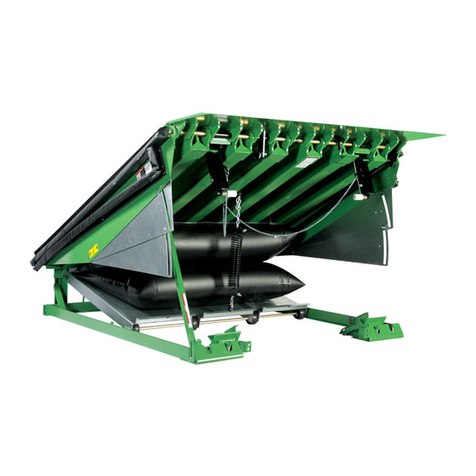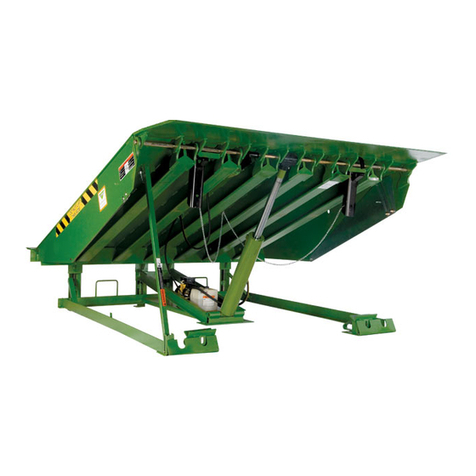
Read these Safety Practices before installing, operating
or servicing the dock leveler. Failure to follow the safety
practices could result in death or serious injury.






























